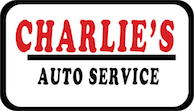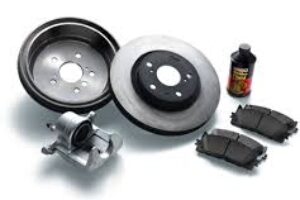Aftermarket parts are a relatively new competitor in automotive parts. In the past, you could only buy OEM (Original Equipment Manufacturer) auto parts through authorized dealerships. Prior to the rise of online shopping, car owners wanted exact replacement parts for their vehicle. However, in recent years, aftermarket parts have become more readily available online and through third-party sellers.
OEM parts generally cost more due to specific designs and quality build. Nonetheless, aftermarket parts are manufactured to appear and function exactly like an OEM part. In many cases today, an aftermarket part is easier to obtain than the original.
Aftermarket Means Cheaper
Generally speaking, aftermarket parts are less expensive than OEM. In the auto industry, retailers strive to offer competitive products and pricing. Cost and value depends on the type of automotive part and its availability. It is not unusual to see different pricing tiers for aftermarket parts. Having cost-effective options help with car maintenance budgets.
Pricing for aftermarket parts will vary depending on the retailer. Some retailers offer legitimate discounts, and others will add large markups. If you’re looking for a good deal, research is key.
Are Aftermarket Parts Any Good?
Years ago, when the aftermarket first started to compete with OEM suppliers, many sellers compromised on quality products in favor of low costs. This was often done to win customers over, and to compete with OEM suppliers. At that time, OEM parts were known to be of better quality.
Today, much of the aftermarket realizes the importance of quality, and you can find options from many retailers that carry quality aftermarket parts. In fact, there are aftermarket suppliers who state that their aftermarket components are superior to OEM ones; particularly if those OEM parts have a history of issues.
OEM or Aftermarket Parts: How to Choose?
When it comes to shopping for automotive parts, in some cases, you will not have a choice. For cars that are newer, more limited, or in lower demand, OEM will be the only automotive parts available. With an OEM part, you are usually guaranteed an exact replacement part, which will also be guaranteed to fit perfectly. For some car owners, this is very important and worth any cost discrepancy.
On the other hand, for obsolete car models or older vehicles, OEM support may have ended and the part you need could be hard to find. Or perhaps a dealership keeps very few parts in stock, resulting in shipping and auto repair delays. Add the cost and value to the engine part you are buying for a fair comparison. When all the factors are considered a decision is easier to make.
Best Practices When Shopping for Auto Parts
When a consumer has a choice between OEM and aftermarket parts, the smart shopper considers multiple factors such as, consumer reviews, brand reputation, warranty and availability. If cost is added to the equation then the choice is clear. When shopping for car parts, you want to make sure you’ve done all your research and selected the right car part that includes budget, lifestyle, and safety.
The good news is, car owners and car hobbyists alike have more options than ever for auto parts, and they can all be accessed from the comfort of their own home. Between OEM and aftermarket parts only you can decide which one is better for your car.

